Art, Insecurity, and Identity
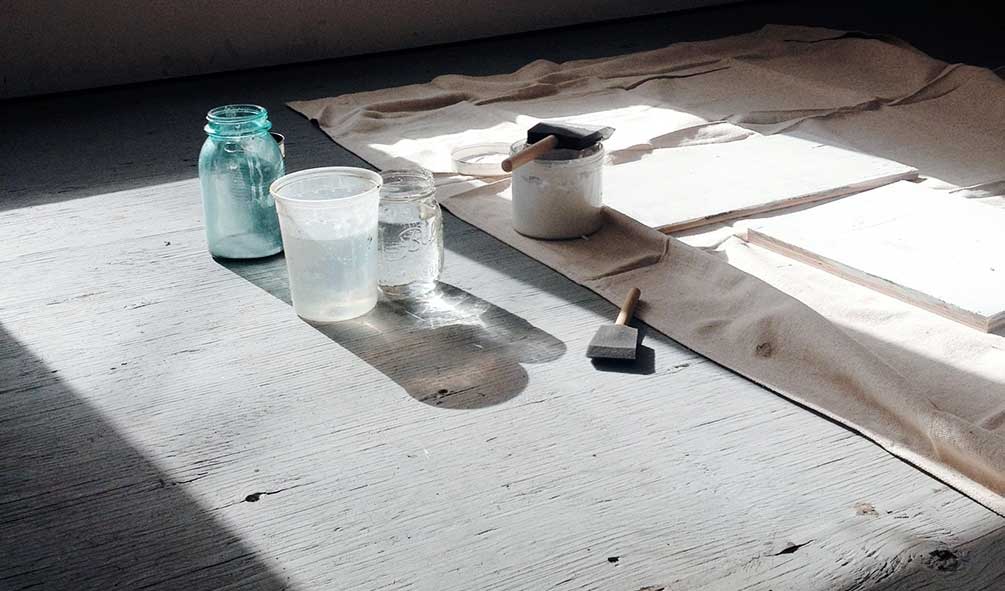
Art & Insecurity
Words and Photography by Madeleine Boga
I grew up in a creative household, the daughter of a writer and an artist, encouraged to explore my imagination: I wrote short stories and poetry and made collages to decorate my bedroom walls.
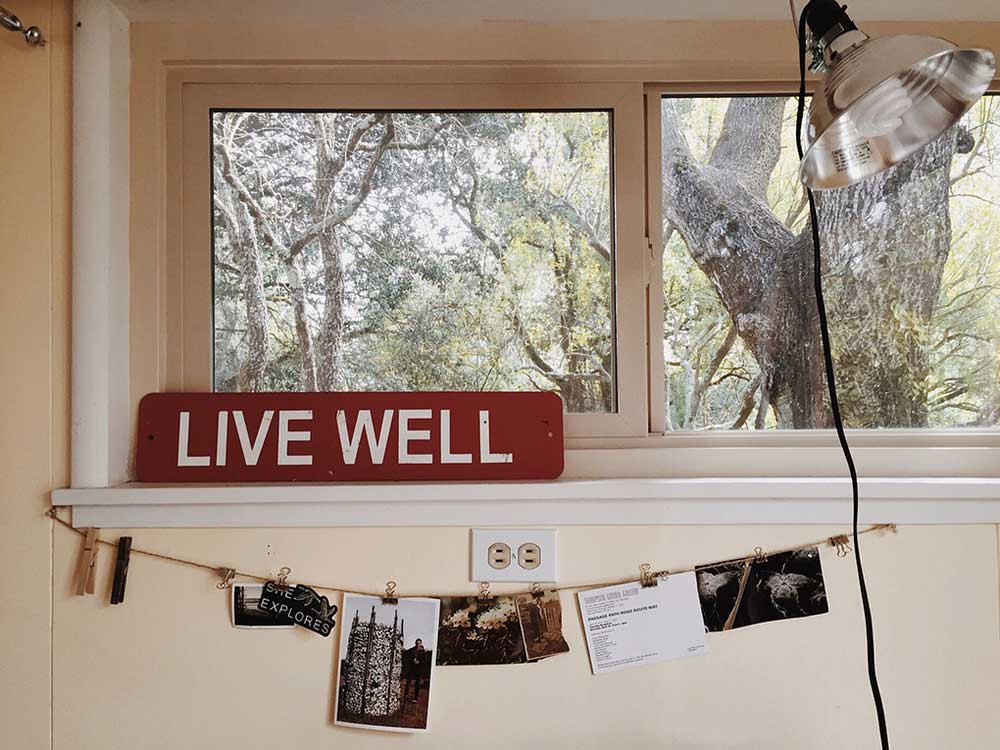 That said, I never excelled or flourished in school art classes. The assignments seemed contrived and usually ended with me feeling disappointed in what I’d made, and in myself. In high school I never opted to take a visual arts class. Instead, I followed my knack for writing and pursued journalism. For a time, I even thought it was my calling.
That said, I never excelled or flourished in school art classes. The assignments seemed contrived and usually ended with me feeling disappointed in what I’d made, and in myself. In high school I never opted to take a visual arts class. Instead, I followed my knack for writing and pursued journalism. For a time, I even thought it was my calling.
Thus, I never pursued art in higher education, nor called myself an “artist” for several reasons:
1) I had little formal training and no art degree
2) If I made art, it was an infrequent and private endeavor
3) The title of “artist” seemed reserved for those making a living, or at least some revenue from their artwork, which I was not. In the United States, we seem to equate success and stability with financial security. Someone with a high-paying job who is saving money is “on track” and has their life “together.” Someone who is kinda, sorta getting by, but doesn’t really have any savings and is following their artistic passion is labeled “unrealistic” or “impractical.”
But not being an artist didn’t feel right either.
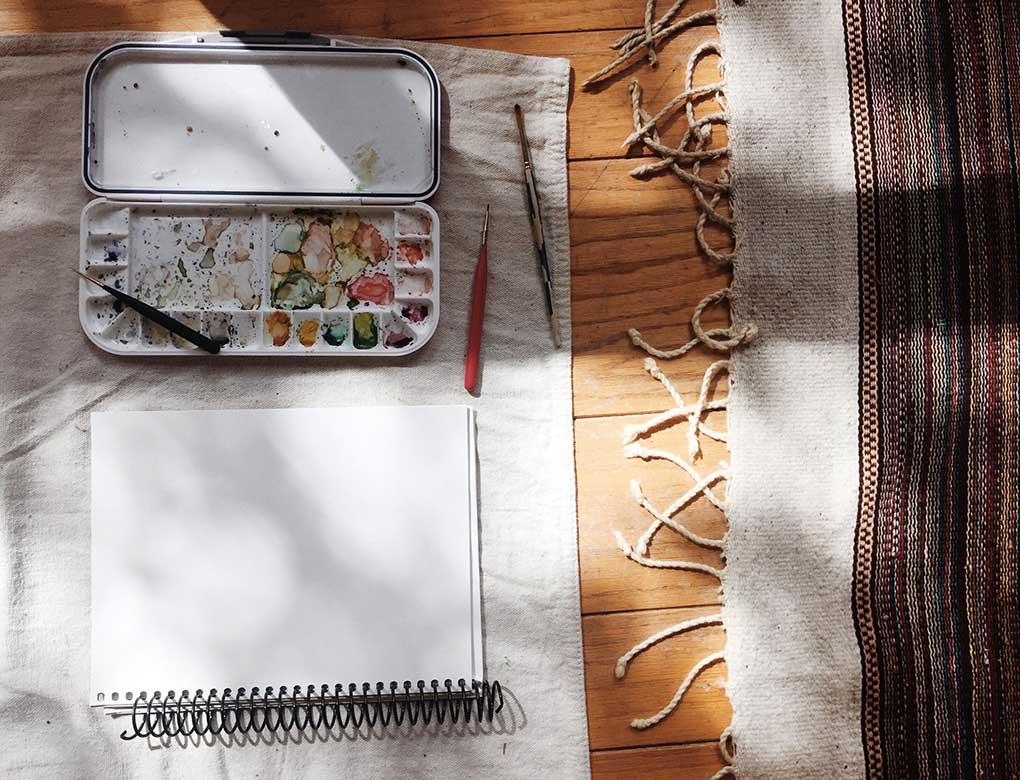
“Artist” seemed reserved for those making a living, or at least some revenue
from their artwork, which I was not.
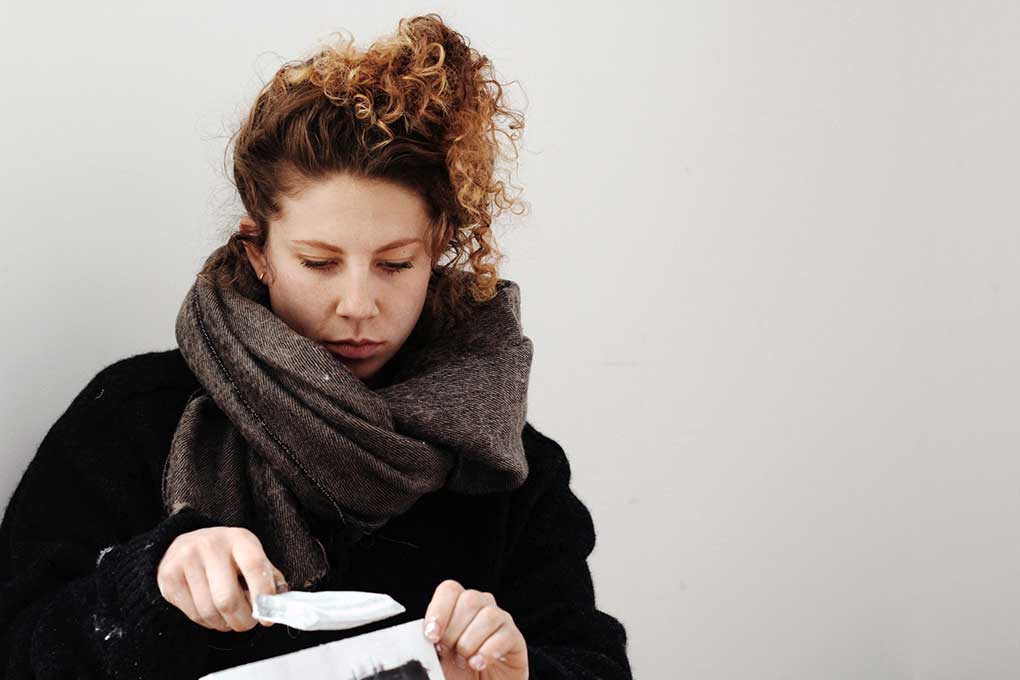
Photo by Kyle Bradford
A big first step in sharing my work and defining myself as an artist was purchasing a domain name. It felt foolish at first, when I didn’t have any work to share.
I went to a workshop at a local arts center on building a personal brand and website. For me, the most influential takeaway was this: The internet is here to stay. So why not take command of your inevitable online presence? Give yourself the power to dictate your own internet identity. This helped me overcome the “do I really deserve a .com?” self-doubt. It felt less like a narcissistic display, and more like a proactive act of ownership. It was my inauguration.
The internet is here to stay.
So why not take command of your inevitable online presence?
Eventually, I moved out of costly New York City, into the more affordable pastures of the Hudson Valley. There, my partner Kyle and I shared a studio apartment above a garage. And though just a diversion, making art was an involved process that engulfed most of our living space. Each time I wanted to create, supplies had to be taken out and unpacked, cleaned up and put away. So I began perusing Craigslist and found exactly what I needed.

The monthly rent of my 425-square-foot space was a fraction of what it would’ve been in the city. It was, nevertheless, difficult to justify. Making art was a hobby. I hadn’t sold anything, nor tried. I hadn’t earned my own studio. But I also knew if I wanted to make and sell my artwork, I needed space in which to create it.
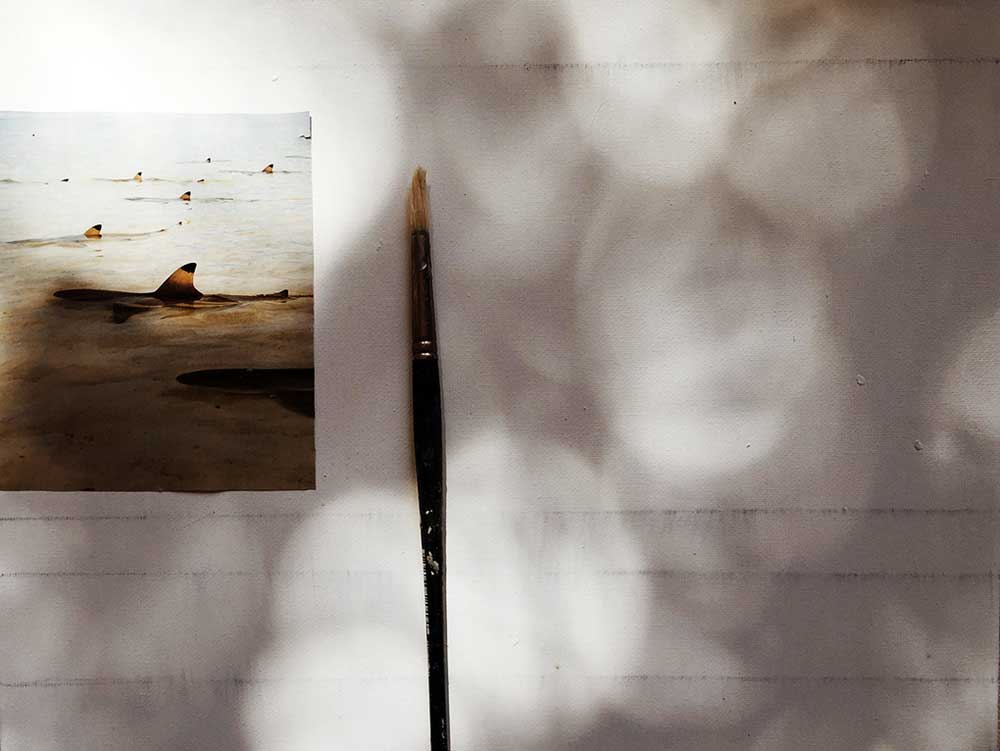 My studio was a 45-minute drive from home. I was initially afraid that the distance might deter me from going, making it a waste of money. However, it had the opposite effect.
My studio was a 45-minute drive from home. I was initially afraid that the distance might deter me from going, making it a waste of money. However, it had the opposite effect.
When I did go, I found that I would make the most of it, spending 8-10 hours there. I relished the opportunity to get outside, even briefly, on those snowy days.
I enjoyed driving the winding roads through the bucolic landscape and the meditative state that would emerge. Once at the studio, nestled in the woods, I felt ready and eager to work.
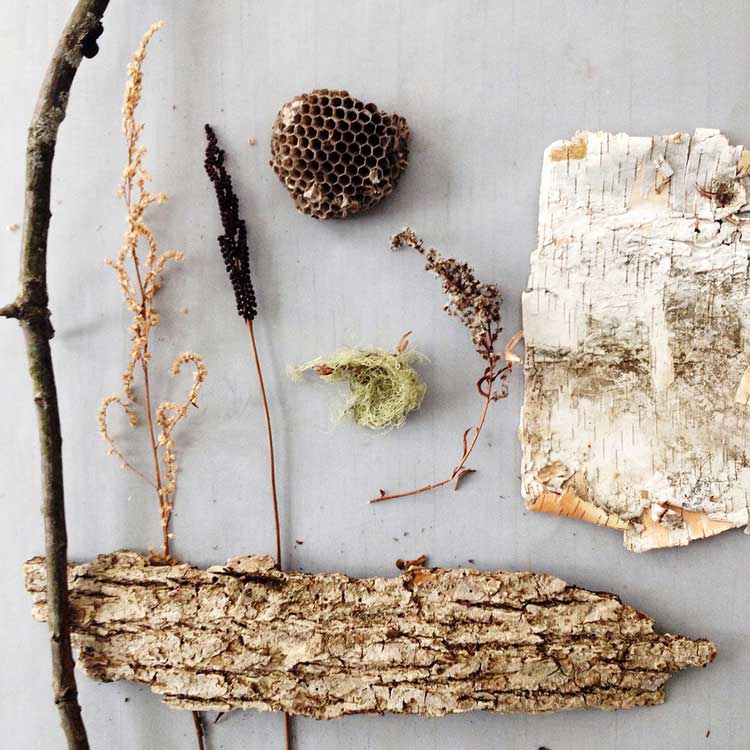 The geographical distance between home and studio provided a valuable buffer and time for my mind to wander. The tasks and chores would melt away on my way there.
The geographical distance between home and studio provided a valuable buffer and time for my mind to wander. The tasks and chores would melt away on my way there.
Making art can be a fiercely lonely process, often teeming with frustration and doubt.
During my return trip, I could gradually re-immerse myself in reality.
I was also concerned about making the studio space “worth it.” I didn’t have any definitive goals going into it. I was guided by a primal urge to create. I ended up producing a huge amount of work in a short period of time. At the time, I wasn’t aware of my level of productivity, but rather preoccupied with the gratifying rhythm that I discovered.
In the spring, on a whim, I applied to a local juried exhibition for emerging artists. Four of my pieces were accepted and three of them sold.
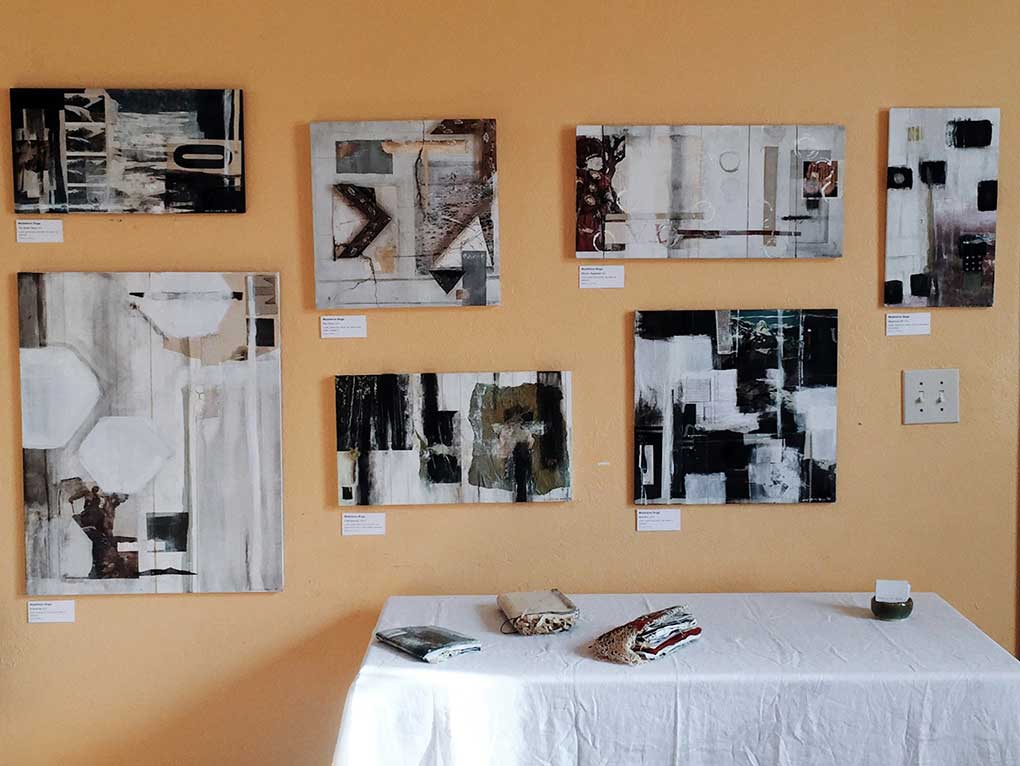
Exhibiting my work in a gallery for the first time was like nailing my guts to the wall. Art-making can be such a fiercely lonely pursuit, teeming with frustration and doubt. To come out of that solitary cave of creativity and present my work to the outside world, is terrifying and humbling, but equally rewarding. I don’t believe that having work hang in a gallery, or even selling it, makes someone an artist. It’s a matter of self-identification.
For me, these events were formidable learning experiences. Not only was I introduced to the logistical, business side of the art world, but I felt validated by reaching these milestones. And while I always felt pride in my work, sharing and discussing it with others added another dimension of joy and discovery.
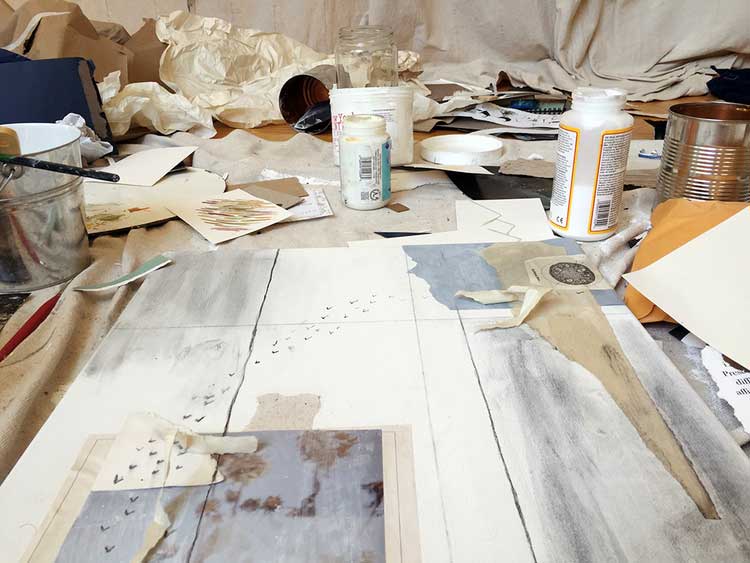
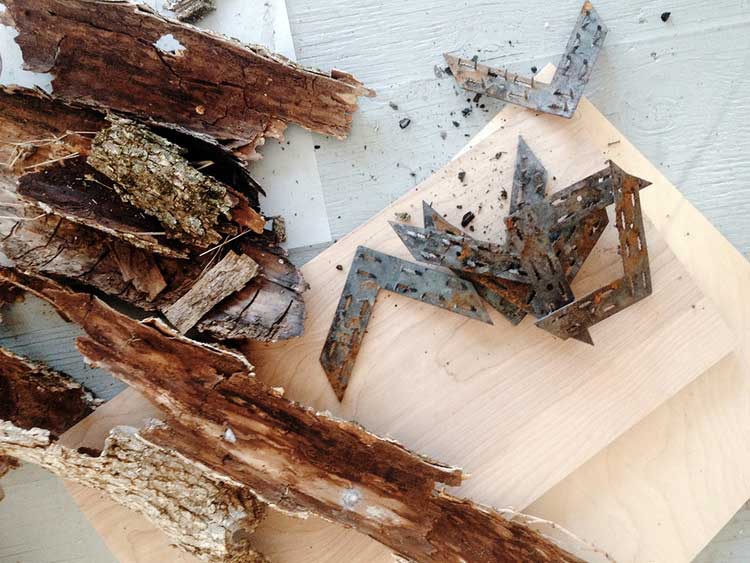

I’m gradually coming out of my shell and growing more comfortable exposing my work, both finished and in progress. A key shift was when I began to see social media, particularly Instagram, as a sketchbook. I realized that the artists that I follow and admire not only share their finished pieces, but their workspace and process, mess and all. I stopped worrying so much about having a perfect and curated feed and focused on pushing my boundaries.
Striving to let go of preciousness and focus less on the end result has invigorated my creative process as well. There’s an episode of the TED Radio Hour podcast that delves into this exact subject. In one segment, Guy Raz interviews a researcher who’s studying the science behind creativity by looking at people’s brain activity during artistic pursuits. During these highly creative times he observed lots of brain activity, except within the prefrontal cortex. The prefrontal cortex has many roles, one of which is controlling our self-awareness. It makes sense, then, that creativity flourishes when the self-censoring function of the prefrontal cortex is hushed.
I’m still practicing calling myself an artist. Similar to the creative flow itself, finding true definition is a process that deserves time and space to unfold and bloom.
Photos above by Madeleine Boga unless otherwise noted.
Madeleine Boga is an Artist and regular contributor for She Explores. Find photos of her work and artistic process on Instagram and learn more on her Website.
Be the first to comment